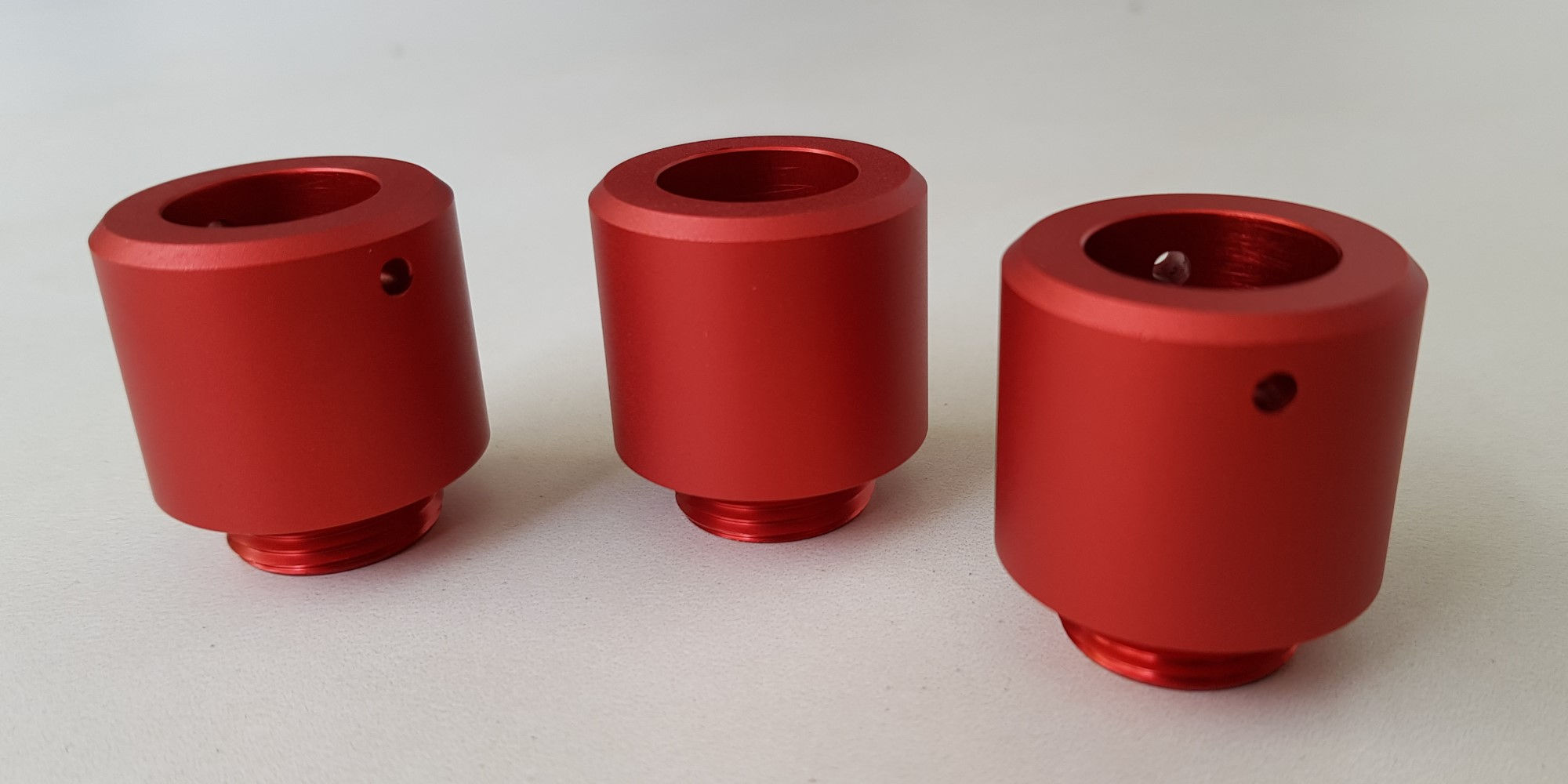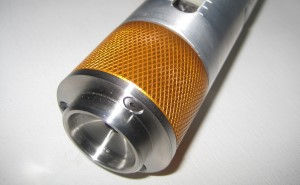Aluminium Anodising Process, Properties, and Applications
Today we are going to discuss a different topic than our regular discussions, aluminium anodising. So, what is aluminium anodising? First of all, let us have a basic understanding of the background of aluminium and its behaviour in the atmosphere. Normally, aluminium provides good resistance to wear and corrosion because it forms a natural, thin aluminium oxide coating on the surface of it when it is exposed to the surrounding atmosphere. But, is that a permanent protection? The answer is ‘no’ because this produced aluminium oxide coating can be removed from the surface of the product by reacting with several kinds of environmental conditions. The next issue is the uneven nature of this coating. As a result, the need of a long-term and consistent surface protection has arisen. To this point, aluminium anodising comes onto the stage. Now, we can consider what aluminium anodising is.
What is Aluminium Anodising?
Basically, aluminium anodising is an electrochemical process that can be used to develop an oxide coating of aluminium on the surface of a product. During this process, the surface layer of the aluminium product is converted into an aluminium oxide layer. Rather than providing considerably good protection against corrosion, the anodising process will improve the aesthetics of the product. The scratch resistance properties and the most durable surface finish will be provided by this method. Because of these important factors, this technique is popular in different kinds of industrial applications.
During the aluminium anodising process, it generates an electrolysis process including anodic oxidation and cathodic reduction using an electrical current. An alumina coating almost completely covers the aluminium anode at this time. During the anodic oxidation process, the thickness of the surface oxide layer is increased further. The aluminium anodising process depends on several factors, such as the nature of the electrolyte, its composition and the temperature of it, the time that the product is treated, and the supplied voltage to carry out the particular task.
Process of Aluminium Anodising
When preparing aluminium for the process of anodising, the surface is carefully washed and then rinsed before being immersed in an electrolytic solution. Sulphuric acid is one of the possible electrolytic solutions that can be applied in this case. Basically, an electrolyte can be identified as an electrically conducting fluid that contains a large number of positive and negative ions that it wishes to exchange.
A positive electric charge is applied to the aluminium, making it the "anode," while a negative charge is applied to the electrolyte plates. The electric current in this circuit attracts positive ions to the negative plates and repels negative ions to the positive anode, which is a piece of aluminium.
Types of Aluminium Anodising
When considering the aluminium anodising process, it can be carried out in different ways, so there are different types of anodising methods. They are mentioned as follows:
- Decorative anodising
- Chromic acid anodising
- Sulphuric acid anodising
- Silicon anodising
- Hard anodising
During the aluminium anodising process, the following steps should be followed in order to achieve a better coating: These key steps are: cleaning, pre-treatment, brightening, etching, anodising, electro-colouring, dyeing, and sealing. All the processes before the anodising process can be considered types of pre-treatment processes, while all the processes that follow after the anodising are considered post-treatment processes.
Colouring Anodising
The next important thing that we have to consider is how the colours are added to the metal anodising. For fulfilling that requirement, there are three different methods used as colouring methods of anodising. These three different colouring processes are mentioned below.
- Electrolytic colouring
- Anodic colouring
- Combined colouring
Advantages of Aluminium Anodising
The aim of the aluminium anodising process is to provide a uniform and thick layer of aluminium oxide on the surface of the aluminium component in order to provide wear and corrosion resistance, a visually pleasing appearance, etc. As the aluminium oxide layer is really hard, there is no doubt that the component has extreme protection from wear and corrosion. Further, by varying the factors affecting the aluminium anodising process, the thickness of the layer of aluminium oxide which is applied on the top of the product can be varied because when the application is changed, the required thickness of the oxide layer is also changed. Because of that, we can change that property according to our requirements.
Then these things can be identified as the strongest benefits of this process, and further, the reliability of the product will be increased as the resistivity to the adverse environmental and surrounding conditions is changed.
Applications
Most commonly, anodised aluminium is used in the defence, automotive, and aerospace industries where higher protection from corrosion and wear is a must. These applications are specifically used by aluminium anodising. If we consider just the anodising process, there are a variety of applications, and they are as follows:
- Structures and architectural categories of all types
- Appliances
- Commercial and residential building products
- Food preparation equipment
- Furniture
- Sporting goods and boats
- Motor vehicle components
- Jewellery and artwork
Conclusion
We believe you can obtain a solid foundation of knowledge about the aluminium anodising process, its specific features and the properties of the aluminium anodising process, its benefits, and the applications where this method can be used. So, now you will be able to use this method for your particular kind of applications where wear and corrosion resistance, high quality, pleasing appearance, etc. are required. Furthermore, not only aluminium, but also magnesium, titanium, zirconium, niobium, zinc, hafnium, and tantalum can be anodised to increase the properties of the products produced by these metals. Please feel free to ask for anodising requirement on our Online Quote Form



